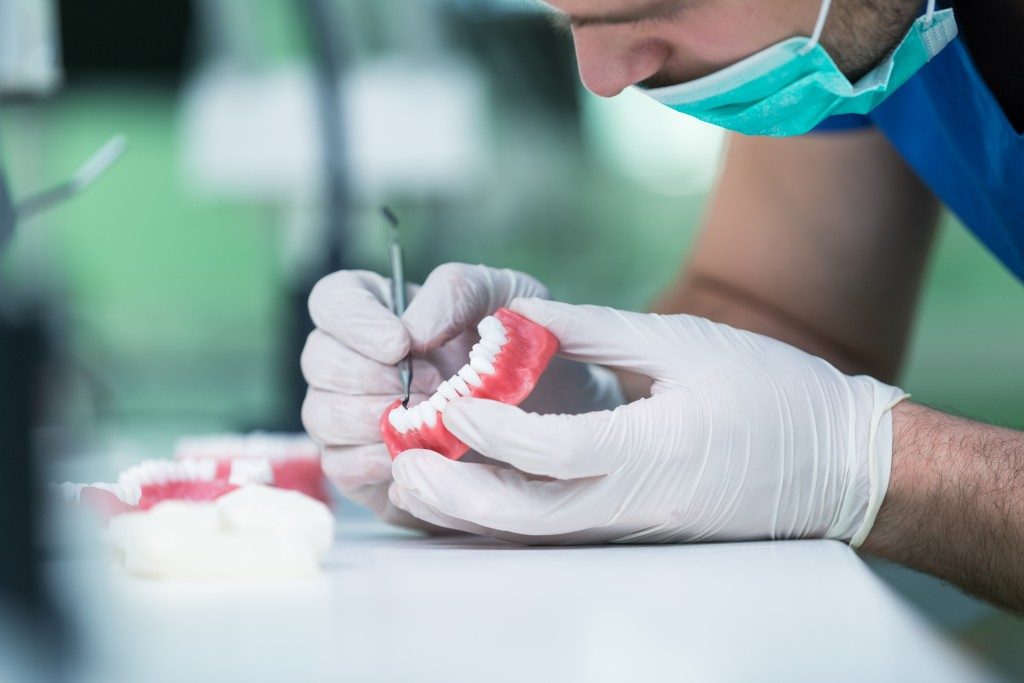Orthodontics involves the use of certain dental tools to improve problems in the oral cavity, such as misaligned teeth or jaw, underbite, overbite, and crooked or crowded teeth. All these problems affect your smile and in the long run, impact your self-esteem and confidence.
Orthodontists, dentists who specialize in correcting these problems, often use many tools and equipment to perform their tasks. For instance, they use traditional metal braces or the more convenient bonded wire retainer, among others. Here are the most common orthodontic tools used in the practice.
Metal Braces
One of the most common and popular types of orthodontic tools and equipment is traditional metal braces. Metal braces contain brackets and metal wires that are attached to the front of the teeth. The orthodontist will adjust the brackets and wires every month. This way, the teeth and bite can be moved into the correct alignment. The material used in metal braces is stainless steel, and the advantage is that it can be removed when you chew hard food items.
Ceramic Braces
Ceramic braces are the same size and shape as metal braces. The only difference is that they are clear and can blend well into the teeth. These types of braces are ideal for those who don’t want noticeable wires on their teeth. Patients are also given a choice between traditional or self-ligating braces, depending on what is more convenient for you.
Clear Aligners

Clear aligners are ideal for people who are already working, wherein they feel embarrassed to have metal braces. Clear aligners, such as Invisalign, are invisible and unnoticeable. Patients feel more confident to smile, plus these aligners offer the same benefits as metal braces. Further, unlike metal braces, clear aligners are removable so you can eat and brush like the usual.
Self-Ligating Braces
For those who have no time to go back to the orthodontic clinic every now and then, self-ligating braces are good for them. They are less noticeable, made of ceramic, and use clips to be kept in place. For patients with this type of braces, they have an easier time to brush their teeth, and the braces adjust on their own. This type of braces has lower friction, reducing the risk of gum soreness and abrasions.
Lingual Braces
Lingual braces are seldom used, but they are also a type of orthodontic supply that involves attaching the wires and brackets on the inner part of the teeth, near the tongue. With less friction with the gums, they reduce the risk of gum irritation and pain. Lingual braces are more common in adults who are already working, than students and children because they’re nearly invisible and won’t interfere with job interviews or work.
Orthodontics is a growing field of dentistry that helps patients become more confident about their smiles. With the help of many items and instruments, dentists can align teeth that are crowded, crooked, and misaligned. It’s important to keep the teeth straight to prevent many complications. Thanks to these instruments, it’s now easier to achieve a healthy smile.

